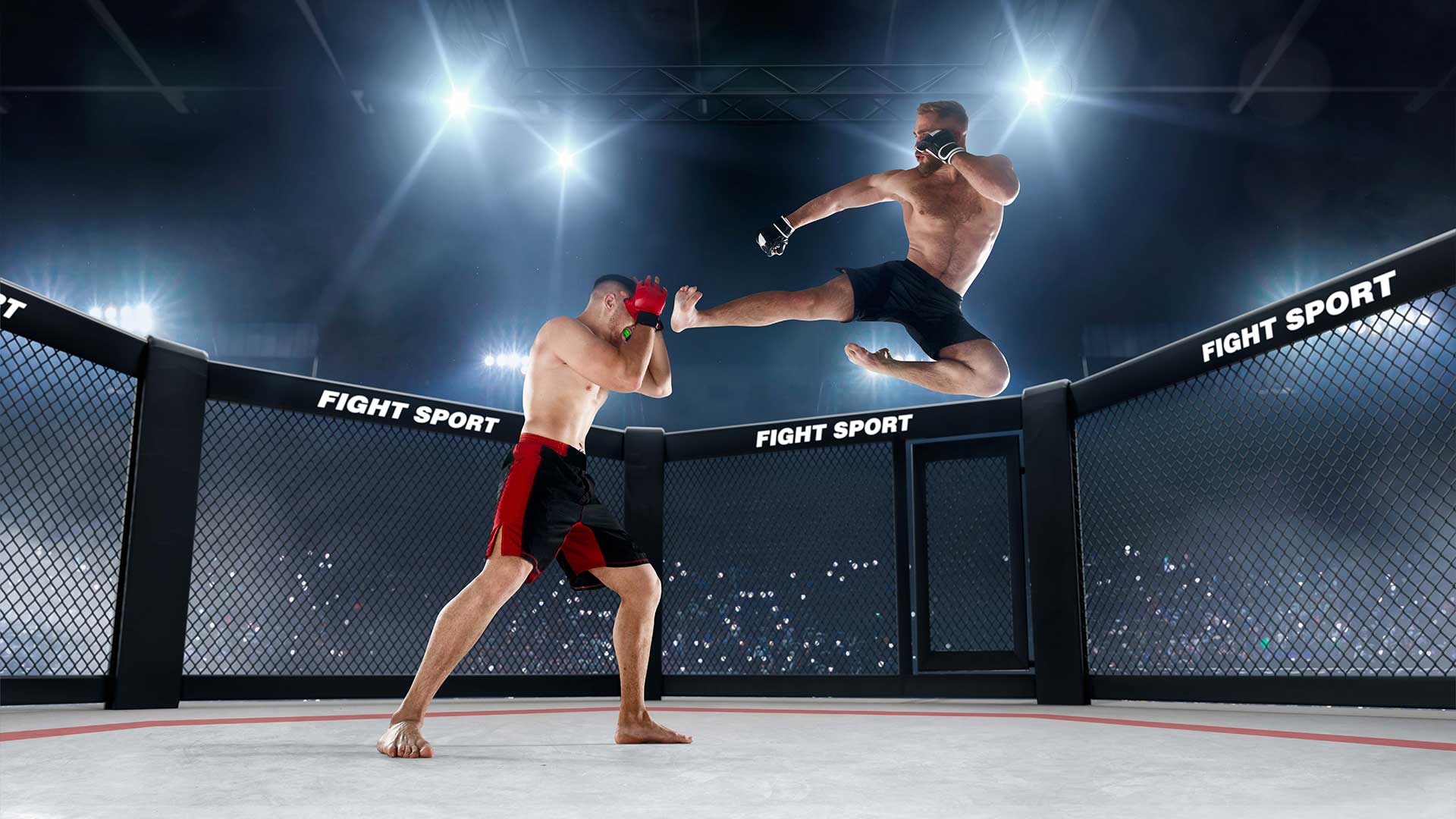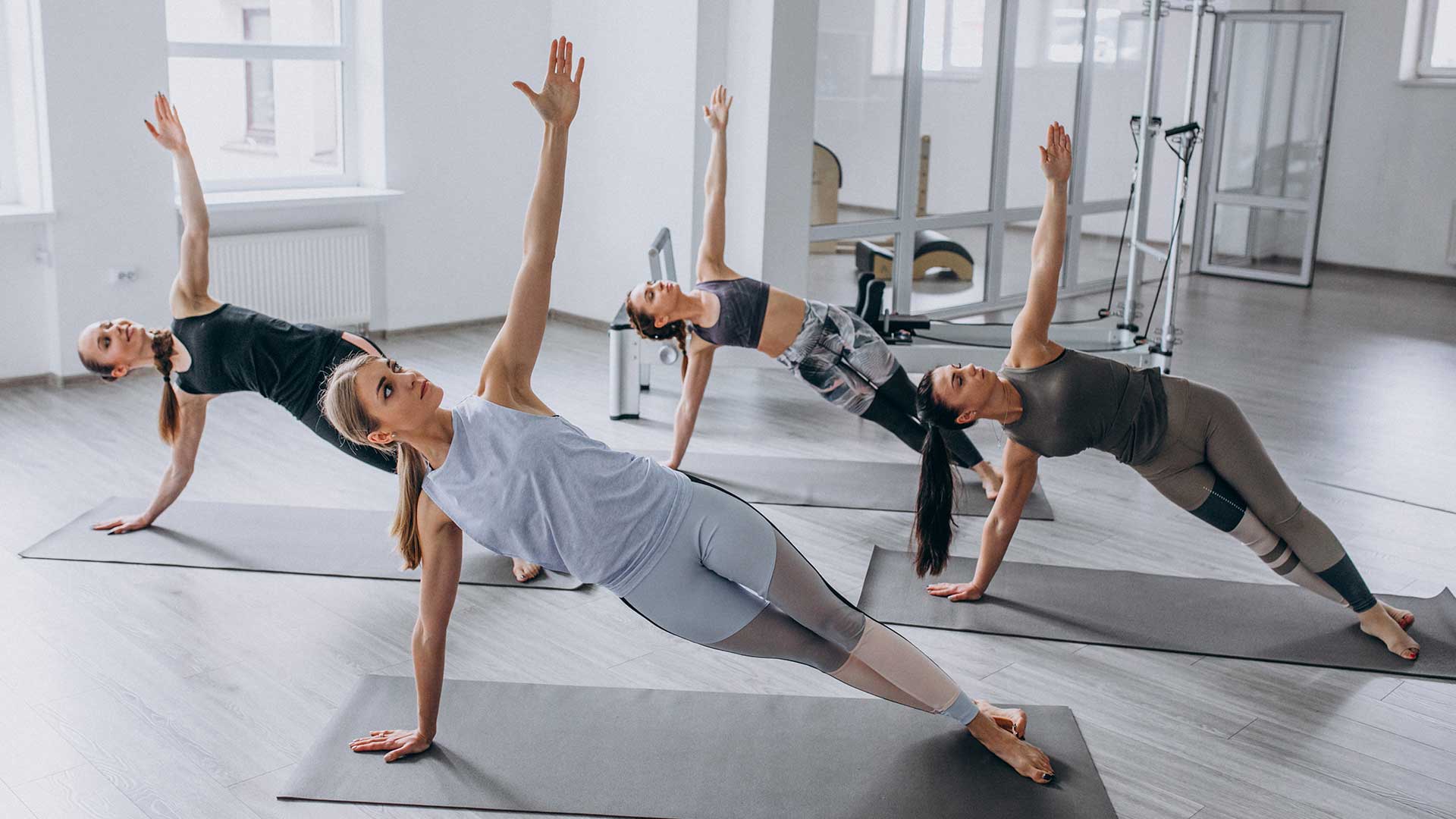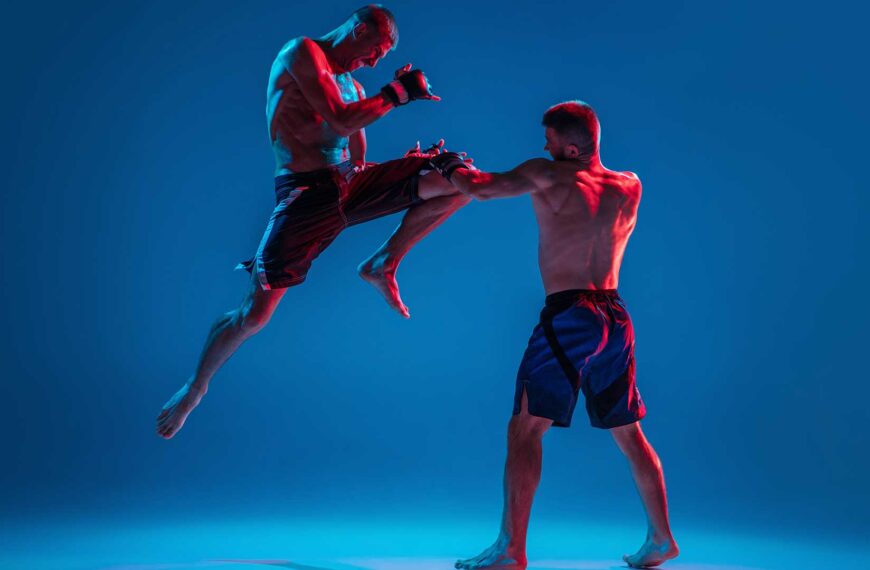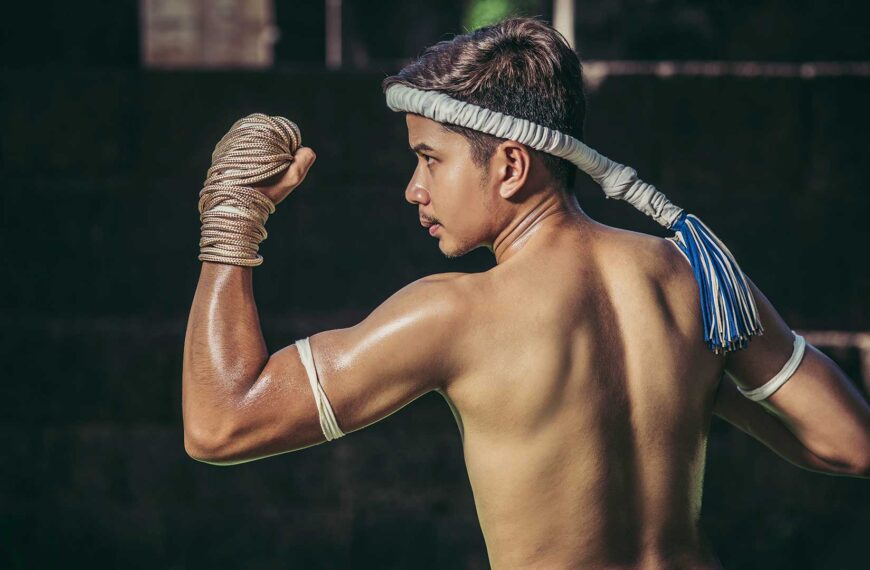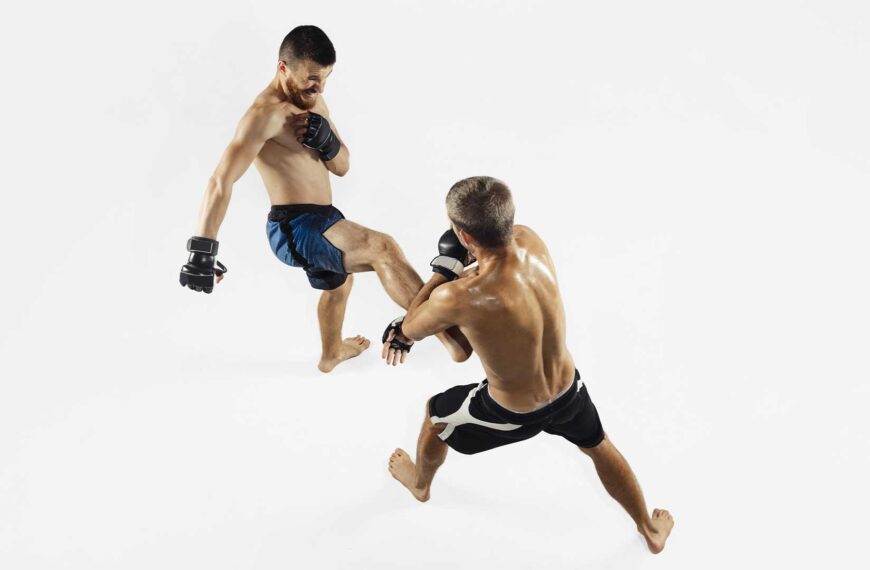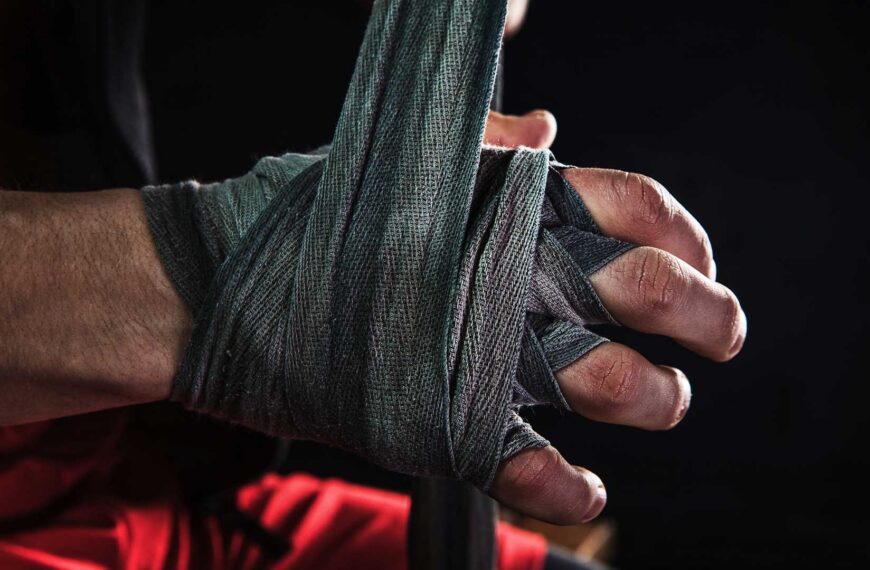What readers will learn from this article:
- Common injuries in Muay Thai, their impact on performance, and how they occur.
- The prevalence, frequency, and severity of injuries in Muay Thai.
- Tips for injury prevention, including proper technique, conditioning, and protective gear.
Muay Thai is a combat sport that requires a high level of physicality and skill. As with any contact sport, injuries are a common occurrence in Muay Thai. Understanding the types of injuries that can occur, their impact on fighters, and how to prevent and recover from them is crucial for any practitioner. In this comprehensive guide, we will delve into the world of Muay Thai injuries, exploring their prevalence, causes, prevention strategies, and treatment options.
Understanding Common Muay Thai Injuries
In Muay Thai, there are several injuries that fighters commonly experience. These injuries can range from minor bruises to more severe sprains and strains. Let’s take a closer look at some of the most common injuries in Muay Thai:
1. Bruised Shins: Muay Thai attack and defense methods heavily rely on the use of shins. As a result, bruised shins are one of the most common injuries in the sport. Fighters often experience pain, swelling, and discoloration in the shin area due to repeated impact.
2. Sprained Ankles or Feet: The pivoting and twisting motions involved in Muay Thai techniques can put strain on the ankles and feet, leading to sprains. These injuries can cause pain, swelling, and limited mobility.
3. Stiff Neck: The constant movement and impact in Muay Thai can result in a stiff neck. This can be caused by improper technique, inadequate warm-up, or strain from clinching and receiving strikes.
4. Bruised Ribs: Muay Thai fighters are susceptible to bruised ribs due to the powerful strikes delivered to the body. Bruised ribs can be extremely painful and may affect breathing and movement.
5. Sprained Wrists: The repetitive motion of punching and blocking can put stress on the wrists, leading to sprains. This injury can cause pain, swelling, and difficulty in performing hand techniques.
6. Head Injuries: While head injuries are not as common as other injuries in Muay Thai, they can still occur. Concussions and headaches may result from powerful strikes to the head or accidental clashes during training or fights.
It is important to note that while some injuries can be prevented through proper technique and conditioning, others are unavoidable. Precautions such as icing and using liniment can help prevent further injuries. Seeking guidance from experienced trainers and coaches is also crucial for injury prevention.
Injury Epidemiology in Muay Thai
To gain a deeper understanding of the prevalence and severity of Muay Thai injuries, let’s explore the findings of a study on the epidemiology of Muay Thai fight-related injuries. The study revealed that the overall injury rate was 55 injuries per 100 fight exposures[^2^]. However, it is important to note that the majority of injuries were soft-tissue injuries, lower on the injury severity scale[^2^]. Fractures and concussions accounted for about 20% of reported injuries[^2^]. The lower extremities were the most commonly injured body region, while concussions were less common[^2^].
It is worth mentioning that younger, female, more experienced, and professional caliber fighters reported a higher frequency of injury[^2^]. Gathering concrete injury criteria and further research is crucial to developing effective prevention strategies in Muay Thai.
Preventing Injuries in Muay Thai
Preventing injuries should be a top priority for all Muay Thai practitioners. By following proper techniques and implementing injury prevention strategies, fighters can significantly reduce the risk of injuries. Here are some essential tips for injury prevention in Muay Thai:
1. Proper Technique: Learning and practicing proper technique is essential for injury prevention. This includes correct body mechanics, balance, and alignment during strikes, blocks, and clinching. Seek guidance from experienced trainers to ensure you are executing techniques correctly and safely.
2. Conditioning and Strength Training: Building strength and conditioning your body can help prevent injuries. Focus on exercises that target specific muscle groups used in Muay Thai, such as the legs, core, and upper body. Strengthening these areas can enhance stability, power, and resilience.
3. Warm-up and Stretching: Prior to each training session or fight, it is crucial to warm up your body and stretch properly. Warm-up exercises increase blood flow, loosen muscles, and prepare your body for the physical demands of Muay Thai. Dynamic stretches and mobility exercises can help improve flexibility and reduce the risk of muscle strains.
4. Gradual Progression: Avoid pushing yourself beyond your physical limits too quickly. Gradually increase the intensity and duration of your training sessions to allow your body to adapt and reduce the risk of overuse injuries.
5. Listen to Your Body: Pay attention to any warning signs or discomfort your body may be signaling. Ignoring pain or pushing through injuries can lead to more severe damage. Rest when needed and seek medical attention if necessary.
Protective Gear and Equipment in Muay Thai
Using appropriate protective gear and equipment is essential for minimizing the risk of injuries in Muay Thai. Here are some key items that every Muay Thai practitioner should invest in:
1. Shin Guards: Wearing shin guards can provide vital protection for your shins during training and sparring sessions. They help absorb the impact of strikes and reduce the risk of bruised shins and other lower leg injuries.
2. Mouthguards: Mouthguards are crucial for protecting your teeth and jaw during training and fights. They help cushion blows to the face and reduce the risk of dental injuries.
3. Gloves: High-quality gloves are essential for hand protection. They should provide proper padding and support to minimize the risk of hand and wrist injuries.
4. Headgear: While headgear is not always used in training, it can be beneficial for reducing the risk of head injuries during sparring sessions. It provides cushioning and protects against accidental clashes.
When choosing protective gear, ensure that it fits well and provides adequate protection. Regularly inspect and maintain your gear to ensure it is in good condition and offers optimal protection.
| Protective Gear and Equipment | Precautions and Injury Prevention Strategies |
|---|---|
| Shin Guards | Proper Nutrition and Hydration |
| Mouthguards | Rest and Recovery |
| Gloves | Cross-Training |
| Headgear |
Precautions and Injury Prevention Strategies
In addition to proper technique and protective gear, there are additional precautions and strategies that can help prevent injuries in Muay Thai:
1. Proper Nutrition and Hydration: Maintaining a balanced diet and staying hydrated are crucial for optimal physical condition. Proper nutrition and hydration support muscle recovery and reduce the risk of fatigue-related injuries.
2. Rest and Recovery: Allow your body sufficient time to recover between training sessions. Rest days are essential for muscle repair and overall recovery. Incorporate restorative practices such as massage, foam rolling, and stretching into your routine.
3. Cross-Training: Engaging in other forms of physical activity can help prevent overuse injuries and improve overall fitness. Incorporate activities such as swimming, yoga, or strength training to work different muscle groups and enhance your overall athleticism.
Managing and Treating Muay Thai Injuries
Despite taking preventive measures, injuries can still occur in Muay Thai. It is essential to know how to manage and treat these injuries effectively. Here are some general guidelines:
1. First Aid: For minor injuries such as bruises, strains, or sprains, immediate first aid is crucial. Apply ice packs to reduce swelling, elevate limbs to minimize blood flow, and use liniments or balms to soothe the affected areas.
2. Seeking Medical Attention: In the case of more severe injuries or persistent pain, it is important to seek medical attention. A healthcare professional can diagnose the injury accurately and recommend appropriate treatment options.
3. Rehabilitation and Physical Therapy: Depending on the severity of the injury, rehabilitation exercises and physical therapy may be necessary. These can help restore range of motion, strength, and function to the affected areas.
4. Alternative Treatments: In addition to traditional medical treatments, alternative therapies such as acupuncture, chiropractic care, and massage can also aid in the recovery process. Consult with qualified practitioners to explore these options.
Psychological Aspects of Injury Recovery
Injuries not only affect the body but also have a psychological impact on fighters. The road to recovery can be challenging both physically and mentally. Here are some strategies to help navigate the psychological aspects of injury recovery:
1. Positive Mindset: Maintaining a positive mindset is crucial during the recovery process. Focus on the aspects of training that you can still participate in and set realistic goals for your recovery.
2. Professional Support: Seek support from trainers, coaches, and fellow fighters who can provide guidance and encouragement throughout your recovery journey.
3. Patience and Rest: Understand that injuries take time to heal. Be patient with yourself and allow your body the rest it needs. Pushing too hard or rushing the recovery process can lead to setbacks.
Real-Life Case Study: Recovering from a Bruised Shin
Introduction
In Muay Thai, one of the most common injuries fighters experience is bruised shins. These painful injuries can significantly impact a fighter’s performance and hinder their training progress. In this real-life case study, we will follow the journey of John, a dedicated Muay Thai practitioner, as he recovers from a bruised shin.
The Injury
John, an experienced fighter, was in the middle of a sparring session when he accidentally landed a powerful kick on his opponent’s elbow. The impact caused a sharp pain in his shin, and he immediately knew something was wrong. After the session, John noticed swelling and discoloration around the affected area, confirming his suspicion of a bruised shin.
Seeking Medical Attention
Understanding the importance of proper diagnosis and treatment, John decided to seek medical attention. His doctor confirmed the bruised shin and advised him to rest, ice the area, and elevate his leg to reduce swelling. The doctor also recommended using liniments and pain-relieving creams to alleviate discomfort.
Rehabilitation and Recovery
Following the doctor’s instructions, John took a break from intense training and focused on rehabilitation exercises. He incorporated gentle stretching and mobility exercises to gradually regain range of motion in his shin. As the pain subsided, John gradually reintroduced low-impact exercises like shadowboxing and light bag work into his routine.
Returning to Training
After a few weeks of rest and rehabilitation, John felt confident enough to return to full training. He paid extra attention to proper technique and conditioning to prevent re-injury. John also invested in high-quality shin guards to provide added protection during sparring sessions.
Conclusion
John’s experience with a bruised shin highlights the importance of proper diagnosis, rest, and rehabilitation in Muay Thai injury recovery. By seeking medical attention, following a structured rehabilitation program, and gradually returning to training, John was able to overcome his injury and continue pursuing his passion for Muay Thai. This case study serves as a reminder that injuries are a part of any combat sport, but with the right approach, fighters can recover and come back stronger than ever.
Preventing Overtraining and Burnout
Overtraining and burnout can increase the risk of injuries in Muay Thai. It is important to recognize the signs and take steps to prevent them. Here are some tips for managing training intensity and preventing burnout:
1. Listen to Your Body: Pay attention to signs of fatigue, excessive soreness, or declining performance. Adjust your training accordingly, and take rest days when needed.
2. Proper Recovery: Incorporate rest days, adequate sleep, and proper nutrition into your training routine to support recovery and prevent burnout.
3. Varied Training: Mix up your training routine to prevent boredom and overuse injuries. Include different types of workouts, such as strength training, cardio, and flexibility exercises.
4. Periodization: Implement a periodized training program that includes planned breaks and different phases of intensity to allow for proper recovery and prevent overtraining.
By following these guidelines and adopting a proactive approach to injury prevention and recovery, Muay Thai practitioners can minimize the risk of injuries and enjoy the sport for years to come.
Remember, safety should always be a priority in any combat sport. If you experience persistent
